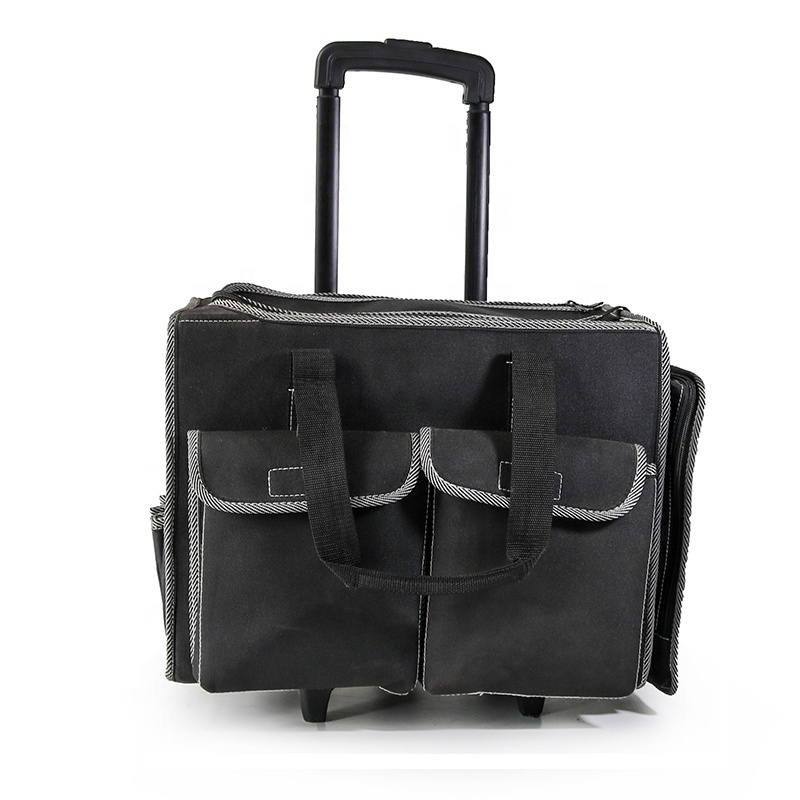How to choose a floorboard?
Most consumers overlook the importance of the baseboard, considering it a minor detail in home decoration. While the floor is often the main focus during selection, many people pay little attention to the skirting board. Some even choose it only after laying the floor, which can lead to installation issues and hidden problems that affect the overall quality of the flooring.
Like buttons on a shirt, the baseboard serves more than just a functional purpose. It not only adds a polished look but also helps create a seamless transition between the floor and the wall. This visual harmony enhances the room’s aesthetics while protecting the walls from damage caused by dust, moisture, or accidental impacts. Additionally, since baseboards are used in large quantities, their environmental quality can significantly impact the indoor air quality of the entire space.
Over time, baseboards have evolved into a separate product category. Before 2006, many flooring companies offered them for free, but as competition grew, this trend declined. To remain competitive, most brands now sell baseboards separately, allowing customers more flexibility in choosing materials and styles. Many professionals note that homeowners tend to opt for higher-quality skirting boards, which in turn improves the overall perception of the flooring product.
Baseboards come in various types based on material: solid wood, engineered wood, laminate, PVC, and wood-plastic composites. A good baseboard not only looks nice but also helps prevent wall deformation and protects the floor from damage due to external forces. On the other hand, low-quality options may warp, lift, or fade over time, leading to unsightly and costly repairs.
Beyond its protective function, the baseboard also contributes to the visual balance of a room. Its linear design, color, and material can complement the interior decor, creating a cohesive and stylish look. Since the baseboard connects with the door frame, it's important to match its color and material with the door for a unified appearance. Most flooring brands offer matching baseboard options, so it's advisable to purchase both at the same time to ensure a perfect fit and avoid future mismatching issues.
When selecting a baseboard, consider the following: First, check for environmental certifications to ensure it meets safety standards. Second, make sure it complements the overall design of the living space, balancing contrast and harmony with the floor and furniture. Third, choose a model that resists warping and loosening, especially in areas with temperature fluctuations or high humidity. Avoid cheap, unbranded products that may compromise both aesthetics and durability.
Tool bag with wheels is a portable and convenient storage solution for tools and equipment. It typically features a large main compartment, multiple pockets, and a sturdy handle for pulling the bag along on its wheels.
Some popular features of tool bags with wheels include:
- Durability: Look for a bag made of strong materials like nylon, canvas or leather.
- Capacity: Consider the size of the bag and the number of tools you need to carry.
- Organization: Look for a bag with multiple pockets and compartments to keep your tools organized.
- Mobility: Wheels make it easy to transport heavy tools and equipment without having to carry them.
- Lockable zippers: To secure your tools and prevent theft, choose a bag with lockable zippers.
- Comfort: Look for bags with padded handles and straps for comfort while carrying.
- Weather-resistant: Consider a bag with weather-resistant material and zippers to keep your tools safe from rain and moisture.

Tool Bag With Wheels,Tool Rucksack With Wheels,Tool Backpack With Wheels,Small Rolling Tool Bag
ZHANGJIAGANG CITY XIANGLE TOOL CO., LTD. , https://www.xiangletoolbag.com